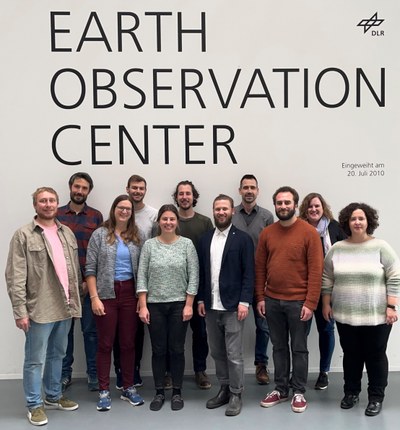Team: City and Society
The future of Earth observation is transforming data into geo-spatial insights. Only when images are used to generate geo-information, complex challenges of mankind can be analyzed spatially. In this context, the team “City and Society” focuses on the topic of “global urbanization”.
Especially because people are in motion and migrate from rural areas to cities, this aspect of global change is crucial for our society. In the year 2050 there will be 6 billion people living in cities all over the world. This dramatic migration of mankind has massive impacts on global settlements: in China, cities with millions of inhabitants are developing rapidly; megacities grow almost unstoppably in Asia and Africa and create new dimensions of urbanization such as megaregions with more than 100 million inhabitants. Many different kinds of urban structures are formed in this process of urbanization: e.g. high-rise buildings, monotonous suburbias or slum dwellings. These structures can be identified from space, using remote sensing data.
Remote Sensing has the advantage of a large variety of different acquisition systems, data types for the derivation of geospatial insights. But only through the technical and thematic processing of satellite imagery spatial information and notions such as e.g. growth patterns or morphologic organization of cities can be generated. Furthermore, additional insights can be generated integrating auxiliary data such as statistical, demographic, socio-economic, engineering etc. data. Thus, a global, multidisciplinary view on the “system city” can be generated.
- Analysis of the physical city
a) time series (e.g. mega city growth)
b) urban structure analysis (e.g. polycentricity, business districts, informal settlements, building types) - Multidisciplinarcity
a) socio-economic data analysis (e.g. perception, urban structure)
b) natural disasters and vulnerability (e.g. seismic building stability, exposure and risk) - Methods development
a) machine learning and pattern recognition
b) object-based image analysis

